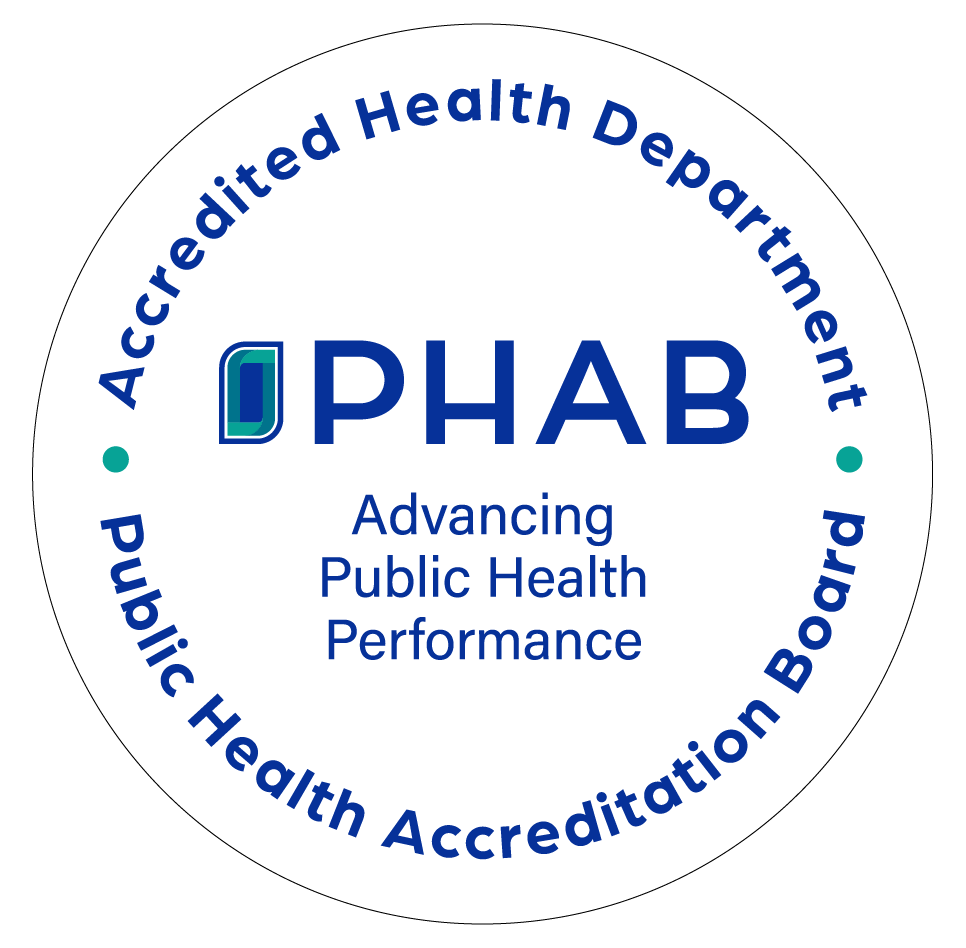Wyandot County Public Health Nurse Laura Hoepf, LPN recently completed training and received certification through the National Child Passenger Safety Certification as a ‘Certified Technician’. The role of the ‘Certified Technician’ is to provide car seat education and installation to parents and caregivers. In addition, certification allows the health department to continue affiliation with the Ohio Buckles Buckeyes program which provides low cost car seats to income eligible Wyandot County residents.
The Ohio Child Passenger Safety (CPS) law, passed in 2009, requires children who are younger than 8 years to be properly restrained in a booster seat, or child safety seat, that meets federal motor vehicle safety standards, unless the child is 4 feet 9 inches or taller. A car seat should be selected based on child’s age and size and is to be used every time the child is in a vehicle. The following recommendations are essential to ensure child passenger safety for all aged children:
- Birth-12 months: ALWAYS place them in a rear-facing car seat;
- Children 1-3 years: Keep your child rear-facing as long as possible. It’s the best way to keep him or her safe. Your child should remain in a rear-facing car seat until he or she reaches the top height or weight limit allowed by your car seat’s manufacturer. Once your child outgrows the rear-facing car seat, your child is ready to travel in a forward-facing car seat with harness;
- Children 4-7 years: Keep your child in a forward-facing car seat with a harness until he or she reaches the top height or weight limit allowed by your child’s car seat manufacturer. Once your child outgrows the forward-facing car seat with a harness, it is time to travel in a booster seat, but STILL in the back seat;
- Children 8-12 years: Keep your child in a booster seat until he or she is big enough to fit in a seat belt properly. For a seat belt to fit properly, the lap belt must lie snugly across the upper thighs, not the stomach. The shoulder belt should be snug across the shoulder and chest and not cross the neck or face. Remember: your child should still ride in the back seat because it’s safer there! Keep your child in the backseat at least through age 12 years.
Always refer to your specific car seat manufacturer’s instructions. Read vehicle owner’s manual on how to install the car seat using the seat or LATCH system and check height and weight limits. Keep your child in a car seat for as long as possible; as long as the child fits within the manufacturer’s height and weight requirements.
For additional car seat questions or income guidelines, contact Wyandot County Public Health at 419-294-3852, Ext. 225.

